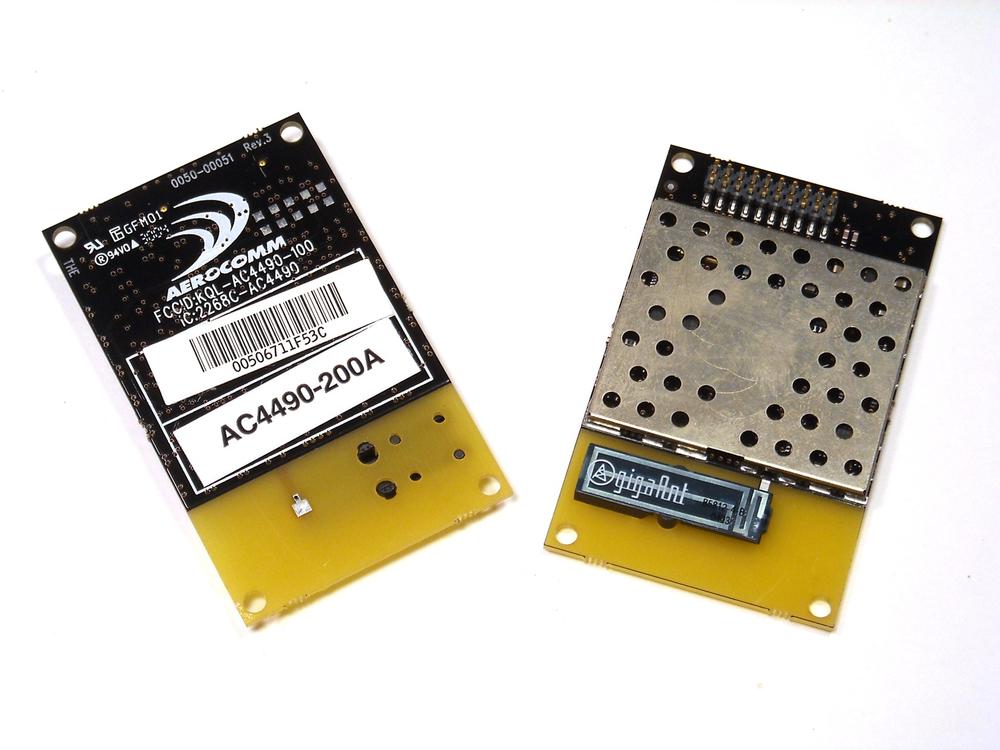Chapter 7. Building Point-to-Point XBee Networks
Up until now, our Arduino has been connected to our computer via a USB cable. In order to use our Arduino and the attached sensors in the environment, we need to eliminate the USB cable and replace it with a wireless connection.
In the past, adding wireless communication to a project required extensive electrical engineering expertise. The available off-the-shelf wireless modules (Figure 7-1) were typically bulky proprietary technologies that required customization and debugging to use with a particular application.
Today, we have many compact, easy-to-use modular wireless solutions available to us. These modules use commonplace standards like Wi-Fi, GSM/CDMA (cellular telephone), Zigbee, and Bluetooth. Each one of these standards has tradeoffs that make them more or less appropriate for a particular application.
One of the standards used most commonly when dealing with sensor networks is IEEE 802.15.4. This protocol focuses on low-cost, low-speed communication between devices and is intended for low-power scenarios. It is the basis for the higher-level ZigBee protocol (also commonly used when dealing with sensor network), which further extends the standard by developing the upper layer protocols to enable mesh networking between devices.

Figure 7-1. Aerocomm module
While many other brands of 802.15.4-based hardware exist, probably the most ...
Get Distributed Network Data now with the O’Reilly learning platform.
O’Reilly members experience books, live events, courses curated by job role, and more from O’Reilly and nearly 200 top publishers.

